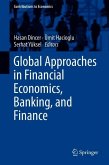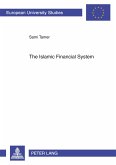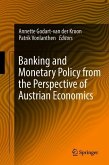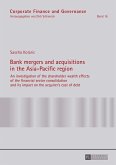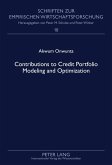The Mexican Crisis of 1994/5 was the first financial crisis that spilled over into the real sector. This thesis explores three unconventional research strands. The first is the assessment of the Mexican trade structure to evaluate possible impulses from the real to the monetary sector, which can be discarded. However, a structural weakness, an export structure based largely on pre-imported inputs (and oil) contributes significantly to current account deficits. The second is the triggering role of domestic investors, and not foreign capitals, in the financial stampede that elicited the crisis. The last strand highlights the role of OTC financial derivatives and the thereof resulting "synthetic capital flows", which reached in Mexico 4.9% of GDP in 1994. These transactions were crucial to underpin currency appreciation, to the development of a credit boom and external imbalances and finally determined the emergence of the crisis.
Bitte wählen Sie Ihr Anliegen aus.
Rechnungen
Retourenschein anfordern
Bestellstatus
Storno


